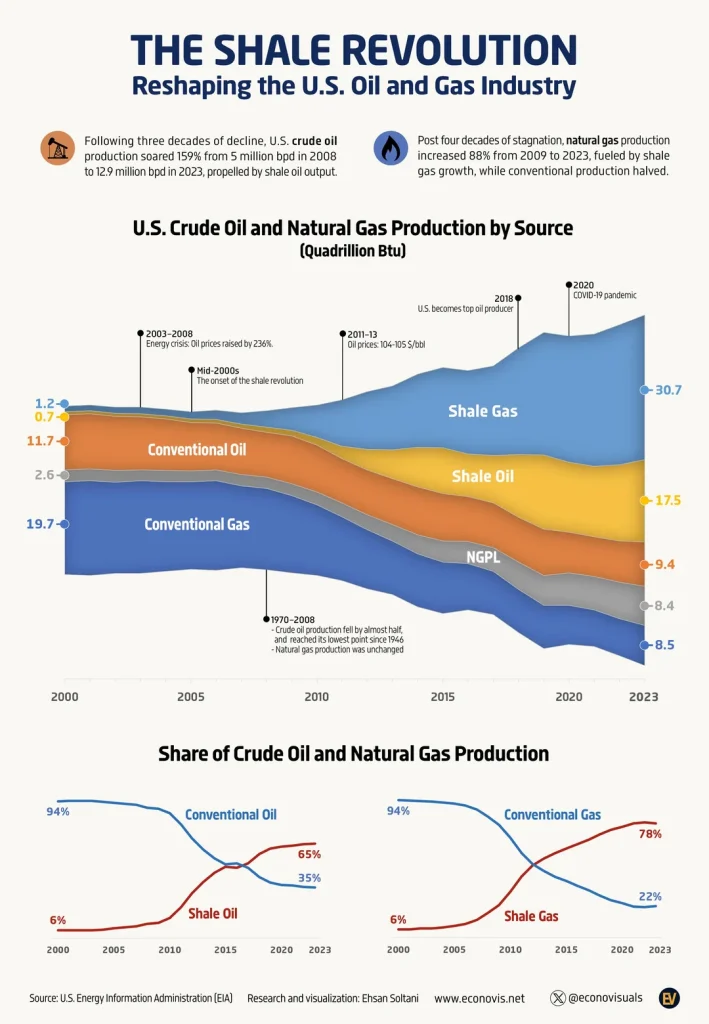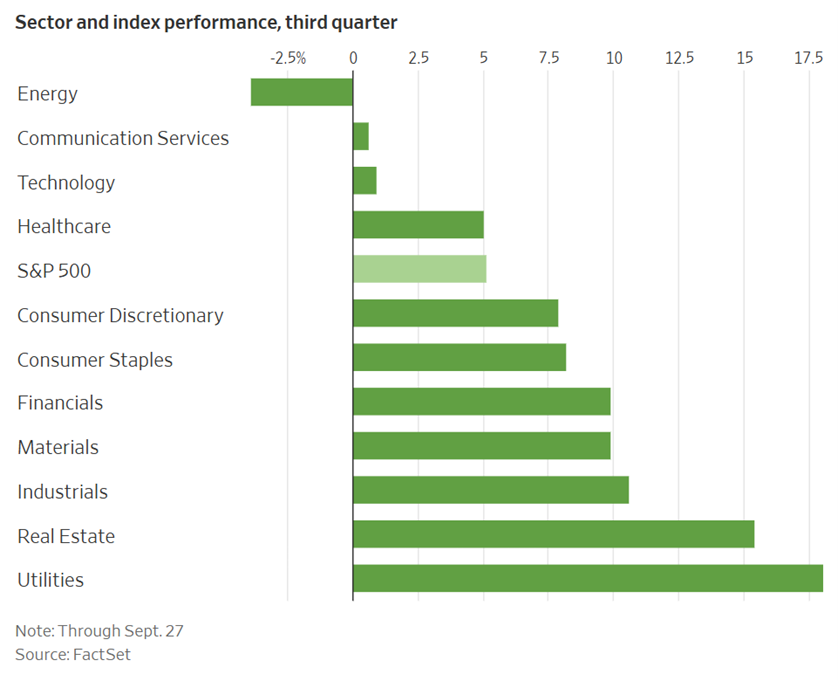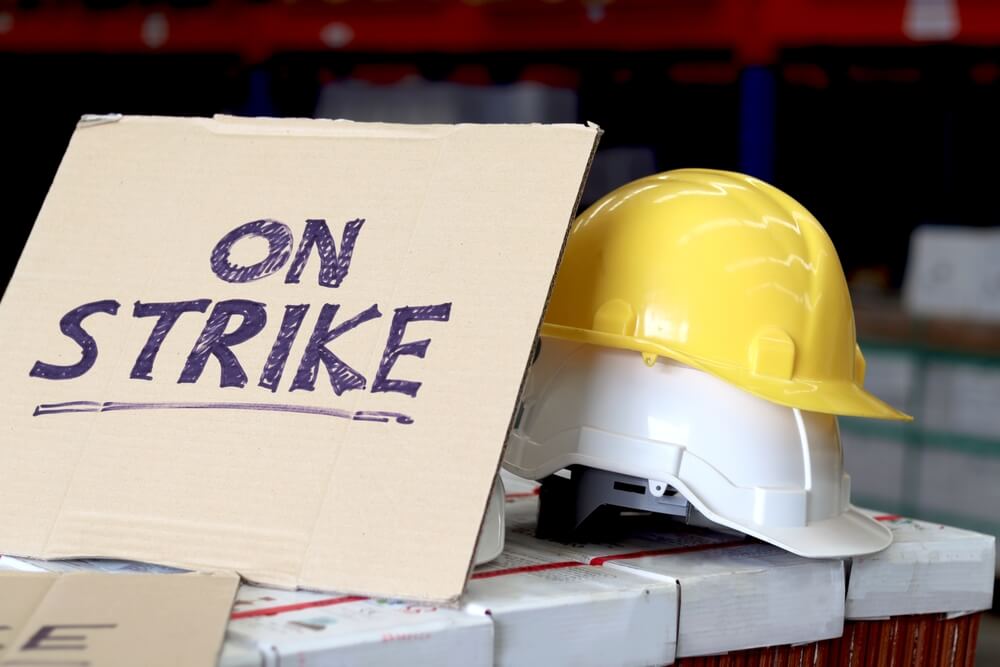As of 12:01 a.m. ET tonight, 85,000 members of the International Longshoreman’s Association (ILA) will go on strike — effectively shutting down every American port along the Atlantic and Gulf Coast.
These longshoremen are responsible for loading, unloading, inspecting and documenting all the cargo that passes through these ports. Without them, traffic grinds to a halt.
A strike might seem extreme, but according to the ILA, the “United States Maritime Alliance (USMX) refuses to address a half-century of wage subjugation where Ocean Carriers profits skyrocketed from millions to mega-billion dollars, while ILA longshore wages remained flat.”
There’s still some time for these two parties to come to terms, but the Biden administration has indicated that they won’t be intervening like they did in 2022’s rail strike.
If a strike is averted, the market might rise on the news. If not, it could be a rough week for any company that increased supply chain disruptions would negatively impact.
Early estimates are that a port strike could damage the U.S. economy by as much as $4.5 billion per day, although much of that would be recovered once the strike ended. The biggest impact will be on food, vehicles, construction, clothes and toys — all things that come into the U.S. and out of these impacted ports.
This Week’s Main Event
On Tuesday, vice presidential candidates JD Vance and Tim Walz will take the stage in what could be the final debate before Election Day on November 5.
Both candidates have not been shy about throwing jabs at each other on the campaign trail, so it will be interesting to see how that contention plays out face-to-face.
While this debate doesn’t have quite as much hype surrounding it as the first match-up between former President Donald Trump and Vice President Kamala Harris earlier this month, Vance and Walz will be working hard to give their team an edge in an incredibly tight race.
As an investor, listen for any mentions of their stance on regulation and energy especially.
And if you’re wondering how to invest — no matter who takes Washington in November — click here to hear what Adam has to say…
A Closer Look at the Stunning Scale of the Shale Revolution
Shale energy has been one of the fastest-growing energy opportunities of the last two decades, and we cover emerging shale opportunities frequently in both Money & Markets Daily and Banyan Edge.
But it’s still difficult to capture the sheer size of this opportunity…
Fortunately, we found a handy infographic that captures the amazing impact shale has had on our domestic oil & gas industry:

Moving Beyond the “Magnificent Seven”
So far in the third quarter, the once-magnificent tech sector is underperforming the S&P 500 by a substantial margin. Meanwhile, the new best-performing sectors are Utilities and Real Estate, as you can see in the chart below:

This reversal comes on the heels of a sudden and unexpected decline in inflation and a subsequent rate cut from the U.S. Federal Reserve.
As our Chief Investment Strategist Adam O’Dell predicted in a recent issue of Banyan Edge, this critical sea change has taken the wind out of the Mag 7’s sails. Even if Big Tech stocks don’t lose any ground from here, they’re likely to remain “dead money” through the end of 2024.
New CEO = Company Makeover?
We’ve seen a lot of turnover at the highest level for companies like Starbucks Corp. (Nasdaq: SBUX) and Nike Inc. (NYSE: NKE).
In last week’s “The 5,” we highlighted that Nike’s stock was in serious decline before announcing Elliott Hill’s return as CEO in an effort to turn the company around after years of underperformance.
Brian Niccol is doing the same at Starbucks after a successful stint as Chipotle’s CEO. And in the case of SBUX and NKE, we’ve seen a nice pop after the leadership swap.
Chief Research Analyst Matt Clark noted that:
Companies “usually” announce CEO changes well in advance of when the change actually happens. If the change is abrupt, that is interpreted as a headwind for the company. If the change is more drawn out, the share price should stabilize after that brief volatility stage. It ultimately comes down to “why” the CEO is being changed in the first place.
What do YOU think as a potential investor? If a company “upgrades” its CEO, are you more or less likely to want that stock in your portfolio?
Let us know by emailing Feeback@MoneyandMarkets.com.
— Money & Markets Team




